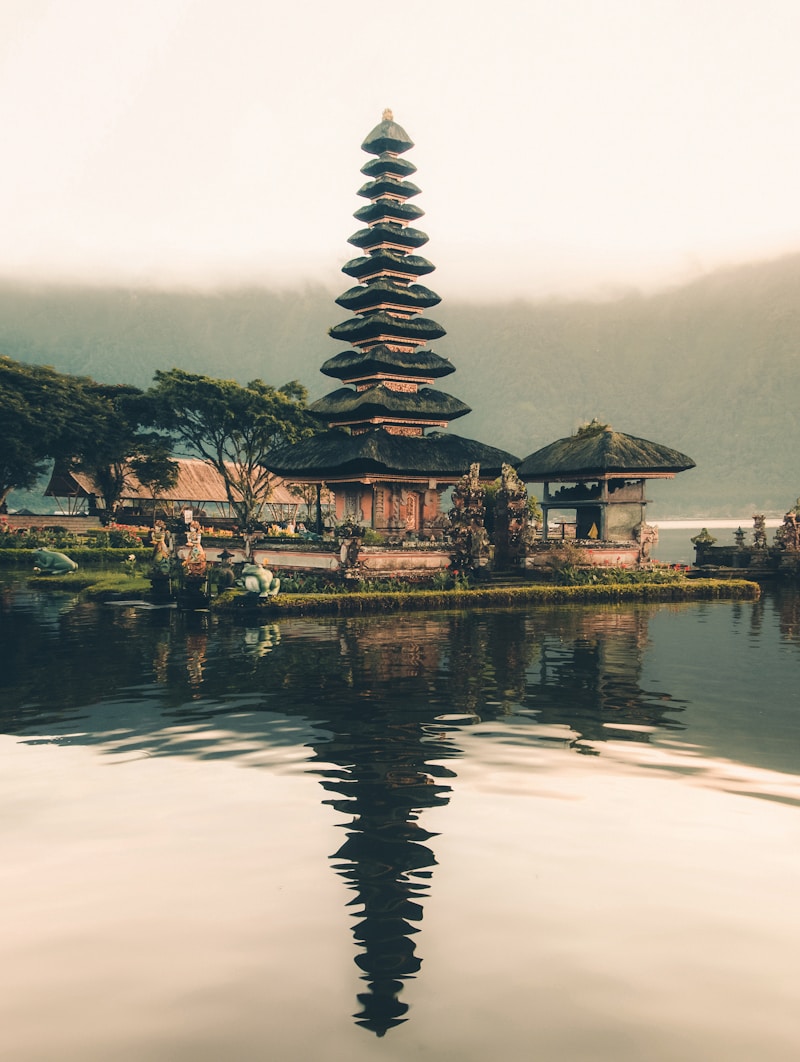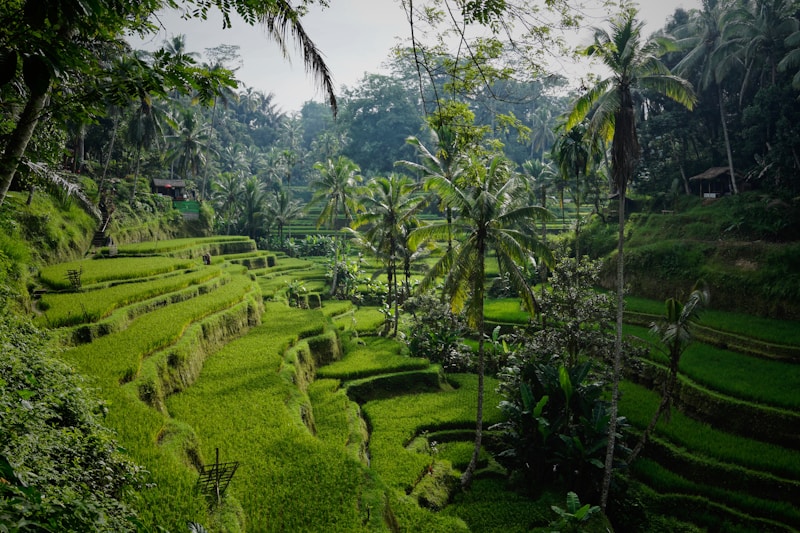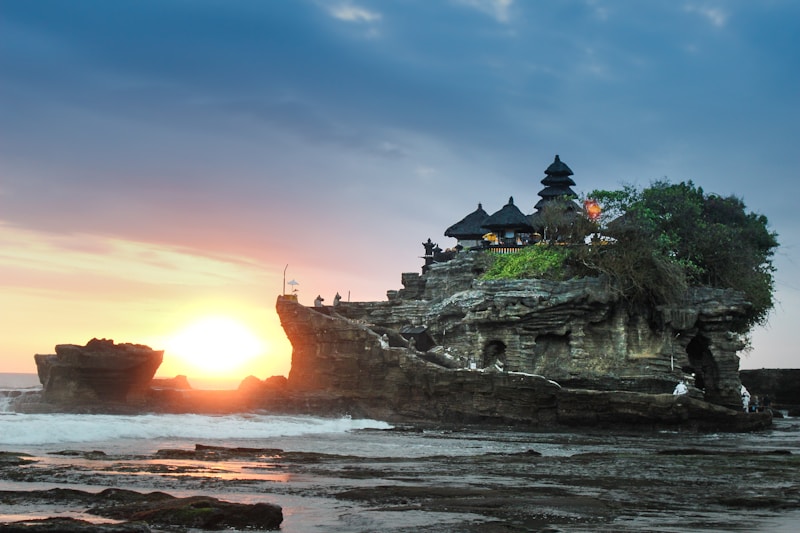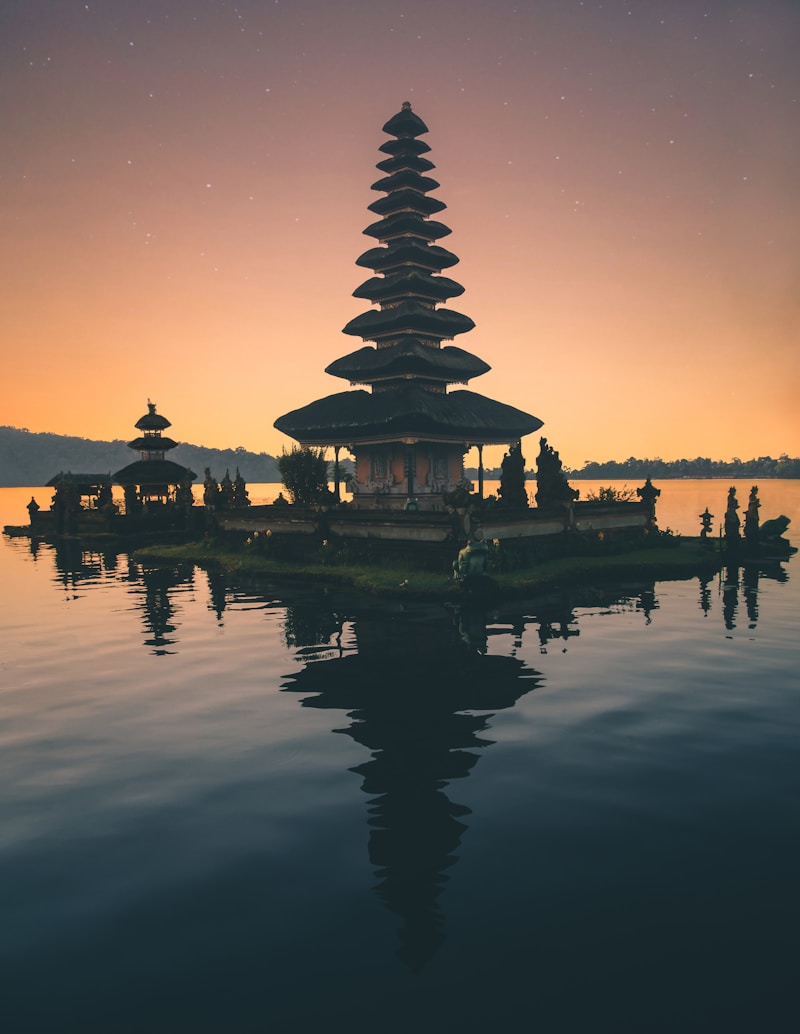The Balinese People
Island of Gods - Subak Irrigation Masters - Living Hindu-Buddhist Synthesis
Who Are the Balinese?
The Balinese are the indigenous people of Bali, Indonesia, numbering approximately 4.3 million, who have maintained a unique Hindu-Buddhist culture despite surrounding Islamic conversion in the Indonesian archipelago. Bali became a refuge for Hindu-Javanese aristocracy, artists, and priests fleeing the 15th-16th century Islamic expansion, creating a cultural synthesis that evolved into modern Balinese Hinduism (Agama Hindu Dharma). The Balinese developed an extraordinarily sophisticated civilization characterized by elaborate temple architecture, ritual performances, artistic traditions, and the subak—a UNESCO-recognized cooperative water management system for irrigating rice terraces that dates back over 1,000 years. Daily life revolves around intricate ceremonies, offerings (canang sari), and maintaining cosmic balance between gods, humans, and demons. The Balinese concept of Tri Hita Karana (three causes of wellbeing) governs relationships with the divine, fellow humans, and nature, creating a holistic worldview that permeates architecture, agriculture, governance, and art. Despite tourism's transformative impact, the Balinese maintain deep religious devotion and cultural practices that structure community life.
Hindu-Buddhist Religion and Temple Architecture
Balinese Hinduism differs from Indian Hinduism, incorporating Buddhist elements, Javanese traditions, and indigenous animism. The island contains over 20,000 temples (pura), with each village maintaining three: Pura Puseh (temple of origin), Pura Desa (village temple), and Pura Dalem (temple of the dead). Temple architecture follows strict cosmological principles with multi-tiered meru towers symbolizing Mount Meru (cosmic axis). The Pura Besakih (Mother Temple) on Mount Agung's slopes serves as Bali's spiritual center. Temples host festivals (odalan) celebrating anniversary dates in the 210-day Pawukon calendar, featuring elaborate offerings, gamelan orchestras, and masked dances depicting Hindu epics.
Subak Cooperative Irrigation System
The subak represents one of humanity's oldest democratic institutions and most sophisticated irrigation systems. Rice farmers organize into autonomous cooperatives managing water distribution from mountain springs through elaborate tunnel networks, dams, and terraced channels. Each subak maintains a water temple (Pura Ulun Carik) where priests coordinate planting schedules and ritual offerings to Dewi Sri (rice goddess). The supreme water temple, Pura Ulun Danu Batur, oversees regional coordination. This system balances agricultural productivity with pest control, water equity, and religious obligation. UNESCO recognized subak as World Heritage in 2012, noting its embodiment of Tri Hita Karana philosophy integrating spirituality, human cooperation, and ecological sustainability across 19,500 hectares of terraces.
Performing Arts and Ritual Dance
Balinese performing arts serve religious and social functions, not mere entertainment. Gamelan orchestras create intricate percussion music using bronze metallophones, gongs, and drums in interlocking patterns (kotekan). Dance forms include: Legong (refined court dance), Barong (mythical lion protecting villages from evil Rangda witch), Kecak (monkey chant dramatizing Ramayana), and Sanghyang (trance dances invoking deities). Dancers train from childhood in precise hand gestures (mudras), eye movements, and facial expressions conveying narrative and emotion. Wayang kulit (shadow puppetry) performs Hindu epics during night-long temple festivals, with the dalang puppeteer mediating between visible and invisible realms.
Social Organization and Caste System
Balinese society organizes through overlapping structures: banjar (neighborhood association), desa adat (customary village), and subak. The banjar handles ceremonies, security, and dispute resolution through consensus democracy. A modified caste system divides society into Brahmana (priests), Ksatriya (warriors/nobility), Wesia (merchants), and Sudra (commoners—90% of population). Unlike rigid Indian hierarchy, Balinese castes permit intermarriage and social mobility. High priests (pedanda) from Brahmana caste conduct major ceremonies, while commoner priests (pemangku) serve local temples. Awig-awig (customary law) governs community behavior, temple obligations, and conflict resolution, maintained orally and through village councils.
Tourism Impact and Cultural Preservation
Tourism transformed Bali from agricultural island to global destination receiving 6+ million visitors annually pre-pandemic. This brought economic prosperity but also challenges: commercialization of sacred dances, environmental degradation, water resource competition between hotels and rice fields, and cultural commodification. The 2002 and 2005 Bali bombings devastated tourism, leading to increased security awareness. COVID-19's tourism collapse in 2020 prompted reflection on sustainable development. The Balinese navigate modernity through initiatives like Ajeg Bali (cultural resilience movement), regulating tourist access to sacred sites, teaching traditional arts in schools, and maintaining mandatory banjar and subak participation. Young Balinese balance global influences with strong cultural identity, continuing daily offerings, temple festivals, and community obligations. The challenge remains preserving spiritual authenticity while economically benefiting from international interest.
Image Gallery





